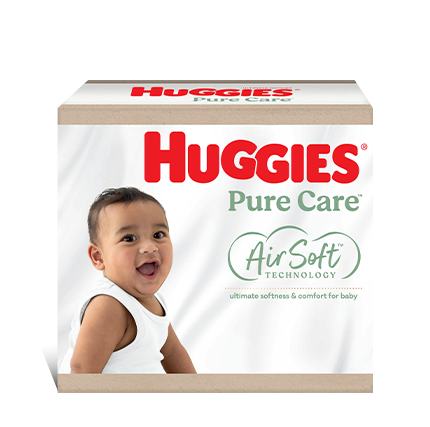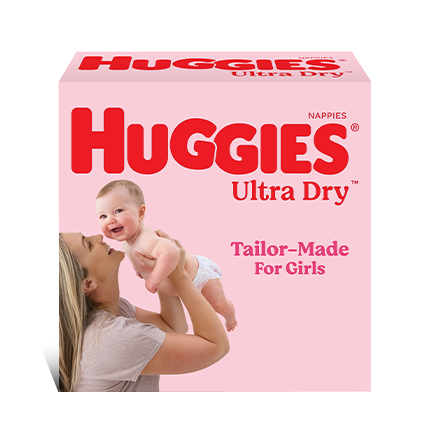Doing pelvic floor exercises will help to make your life more comfortable.
Experts generally agree that this is a region of vital significance. Not just during pregnancy but for years to come.
What are my pelvic floor muscles?
An easy way to describe a woman's pelvic floor muscles is as a supportive, muscular sling. These muscles support the uterus, bowel, and bladder as well as enveloping the urethra, rectum and vagina. Essentially, most of the organs which lie below your waistline are supported by your pelvic floor.
Why do I need to think about them?
During pregnancy, the hormone progesterone has a softening and relaxing effect on the muscles and ligaments within the body. This helps with preparing for childbirth and the progression of the baby through the mother's pelvis and vagina. Regaining pre-pregnancy tone is difficult, especially if a woman has been carrying a very heavy baby and gained a lot of weight through her pregnancy. Multiple pregnancies and having lots of babies is another factor.
The length of a mother's labour, particularly the time between full dilation of the cervix to 10 centimetres and the actual birth of the baby, with lots of pushing and straining, can further stretch the muscles of the pelvic floor.
Constipation, another common problem during pregnancy, also leads to a further loss of tone. To avoid becoming constipated drink lots of water, exercise and remember to boost the fibre content of your diet.
Benefits of doing pelvic floor exercises
- A pelvic floor exercise programme will help to maintain your pelvic floor tone
- The exercises help you feel connected with what is going on within your body
- The risk of uterine or bladder prolapse is reduced
- Pregnancy, delivery and recovery time can be improved
- Post-partum discomfort from perineal swelling and haemorrhoids is lessened
- The likelihood of perineal tearing or needing an episiotomy is reduced
- Improved sex life can result, as muscle tone of the vagina is maintained
- Urinary incontinence/leakage during pregnancy and after delivery is lessened
- A toned pelvic floor leads to more complete emptying of the bladder and bowel
- Helps to avoid stress incontinence after delivery small amounts of urine leakage when laughing, sneezing, coughing or lifting something heavy
Kegel's exercises
This important group of exercises specifically target the pelvic floor.
Kegel's exercises use a similar group of muscles as the ones which stop your urine from flowing. So the muscles used when holding on or stopping urine floware the ones you'll be targeting.
When will I do them?
Women of all ages benefit from doing pelvic floor exercises every day. Try to get into the habit of associating certain activities with pelvic floor exercises. When waiting in a queue at the bank, in the car at a red light, or waiting to be served at the shops. It will not be obvious to anyone else what you are doing, pelvic floor exercises are very discrete.
But I feel so sore
Many women find Kegel's exercises difficult to do in the first few weeks after childbirth, especially if there has been some trauma from an episiotomy, perineal tear or generalised swelling and bruising. But it is important to start doing them shortly after birth even if you have had a caesarian delivery.
Some women find it easier to do a set of Kegel's exercises when they are sitting or lying down. If you have become used to doing pelvic floor exercises during your pregnancy, it is likely to be easier for you to resume them after birth.
How to do pelvic floor exercises
Try to visualise the muscles which are supporting your vagina, anus and urethra and tighten them. If you are doing this effectively, you will be able to feel a pulling and lifting sensation throughout your pelvic floor.
Your aim is to build up frequency and repetitions as you do sets of Kegel's exercises and not aim to do too many at once. Like any other exercise programme, success lies with gradually building on what you can do, establishing what your personal threshold may be and then improving it.
- It is important not to tense or squeeze the muscles in your tummy, bottom or your thighs when you are doing Kegel's exercises.
- Try squeezing your pelvic muscles and holding for the count of 5 seconds
- Repeat, taking 10 seconds for each, three times a day
- After a while, try squeezing and relaxing your muscles more quickly so that you are holding them for around one second each time. Repeat this 10 times.
- If you feel your pelvic floor tone improving, you could try isolating each set of muscles which support your urethra, vagina and anus. Working from front to back, gradually tense and then relax each of these muscles in turn. Now work back the other way.
- Try stopping your urine flow mid-stream, hold for a second or two and then proceed to empty your bladder. It is important you do this so that any residual urine does not stay in your bladder and potentially cause a urinary tract infection.
If you are going to ante-natal classes, some information on pelvic floor toning will be included. Read what you can so you develop a good understanding of what is involved.
For more information check the Continence Foundation of Australia website and follow the links to pregnancy and pelvic floor muscles.
Experiencing slight bladder weakness?
If you're experiencing slight bladder weakness, try Poise Liners which are similar to feminine care liners but are designed to manage light bladder leakage.
Last Published* May, 2024
*Please note that the published date may not be the same as the date that the content was created and that information above may have changed since.





















